- Have any questions?
- +86-189 8930 5995
- sales@mosinterchem.com.cn
Dimethoate CAS 60-51-5

Dihydroavermectin B1a CAS 70161-11-4
10/12/2018
Zoledronic acid hydrate CAS 165800-06-6
10/12/2018| Model: | MOS 60-51-5 |
| Type: | Powder |
| Brand Name: | MOSINTER |
| CAS No.: | 60-51-5 |
| Application: | Insecticides |
| Brand: | MOSINTER |
| Molecular Formula: | C5H12NO3PS2 |
| Molecular Weight: | 229.2574 |
| Melting point: | 52-52.5℃ |
Dimethoate (CAS: 60-51-5) is an organophosphate insecticide.
Dimethoate Attribute
| Molecular Formula | C5H12NO3PS2 |
| Molecular Weight | 229.2574 |
| Density | 1.304g/cm3 |
| Melting point | 52-52.5℃ |
| Refractive index | 1.532 |
| Water solubility | Slightly soluble. 2.5 g/100 mL |
Dimethoate Molecular Formula
Synonyms O,O-dimethyl methylcarbamoylmethyl phosphorodithioate
Dimethoate is a widely used organophosphate insecticide used to kill insects on contact.
It was patented and introduced
in the 1950s by American Cyanamid. Like other organophosphates, dimethoate is an
acetylcholinesterase inhibitor which
disables cholinesterase, an enzyme essential for central nervous system function.
It is an anticholinesterase which disables cholinesterase, an enzyme essential for central
nervous system function. Neurotoxic in humans.
General Description: A white crystalline solid, with a camphor-like odor, white to grayish crystals
for technical product. Dimethoate is a contact and systemic organophosphate
insecticide effective against a broad range of insects and mites when applied on a wide range of crops.
Air & Water Reactions: Dimethoate is stable in aqueous solution but is hydrolyzed by aqueous alkali.
Reactivity Profile: Dimethoate is incompatible with alkaline preparations. Dimethoate is slightly corrosive to iron.
Dimethoate is incompatible with sulfur based formulations. . Organophosphates are susceptible to formation of highly
toxic and flammable phosphine gas in the presence of strong reducing agents such as hydrides. Partial oxidation by
oxidizing agents may result in the release of toxic phosphorus oxides.
Health Hazard: Very toxic; the probable oral lethal dose in humans is between 50-500 mg/kg, or between
1 teaspoon and 1 ounce for a 70 kg (150 lb.) person. Dimethoate is a cholinesterase inhibitor,
meaning it affects the central nervous system. Death is due to respiratory arrest arising from
failure of respiratory center,
paralysis of respiratory muscles, intense bronchoconstriction or all three.
Fire Hazard: As with other organophosphorus pesticides, container may explode in heat of fire.
The temperature of storage
should not exceed 70-80F. Keep away from sources of heat, flames, or spark-generating equipment.
Unstable in alkaline solution. Hydrolyzed by aqueous alkali. Stable in aqueous solutions.
The compound is stable for 2 years under environmental conditions if stored in undamaged, original containers.
You must be logged in to post a review.

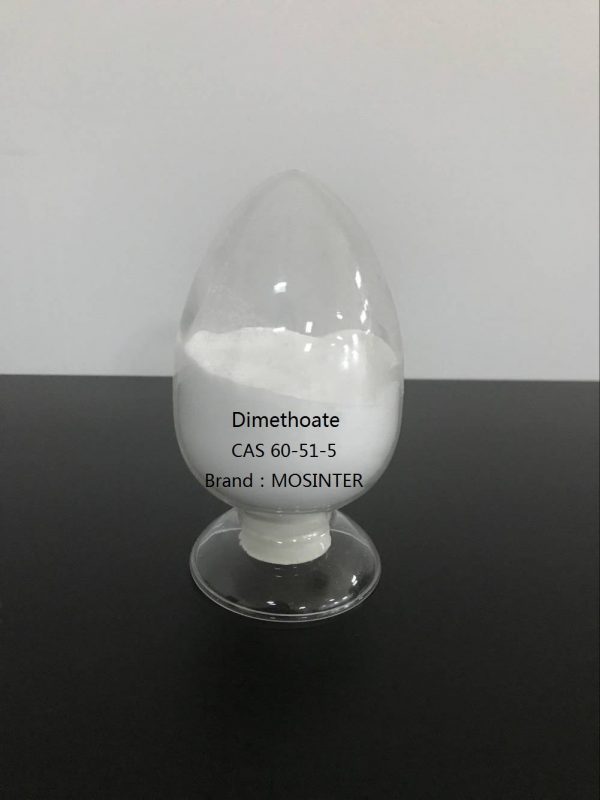
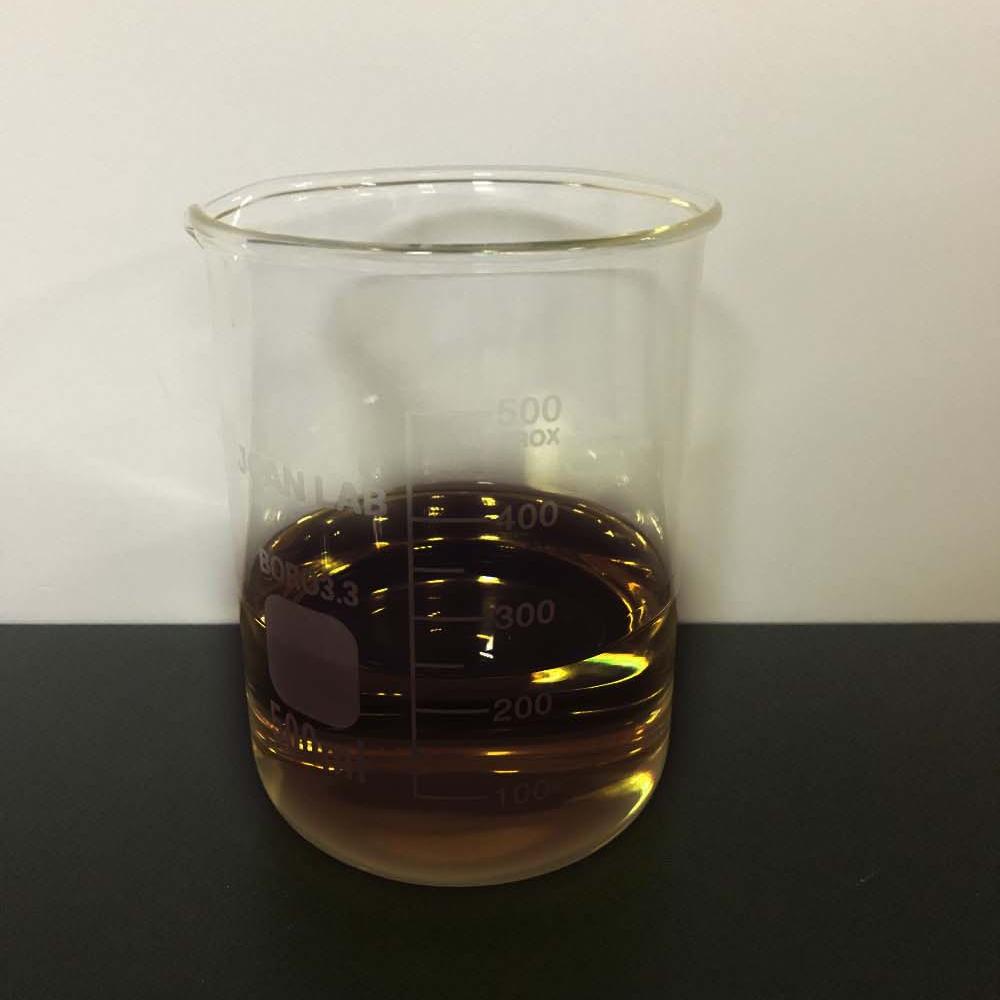
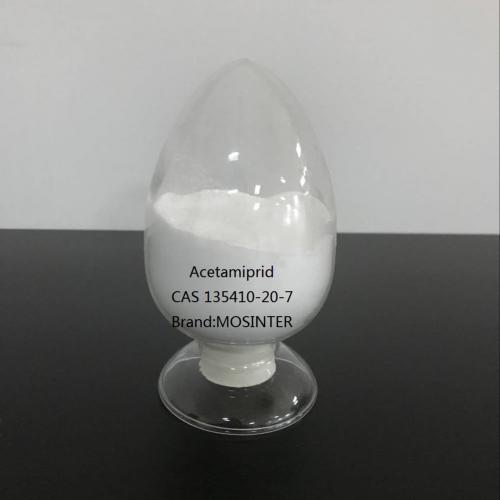
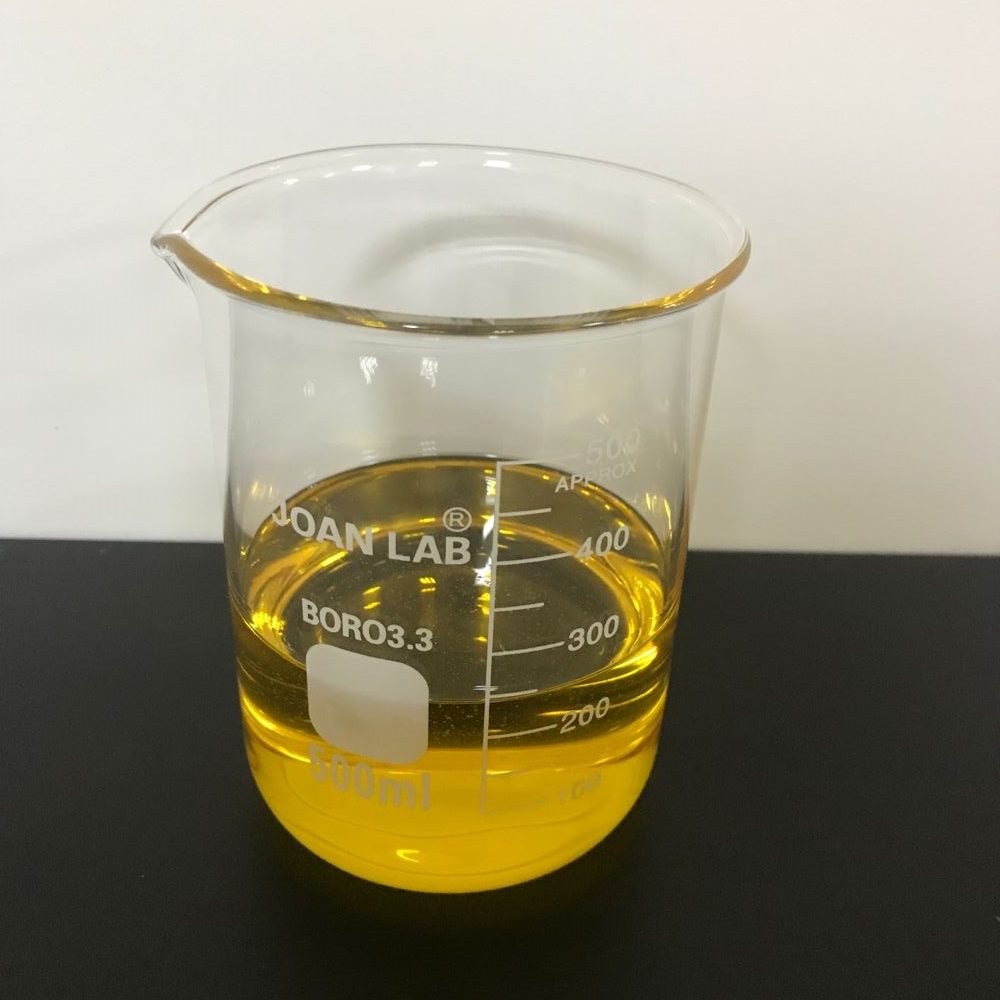
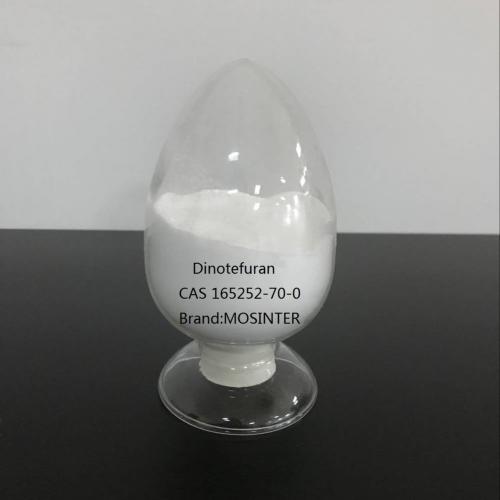
Reviews
There are no reviews yet.